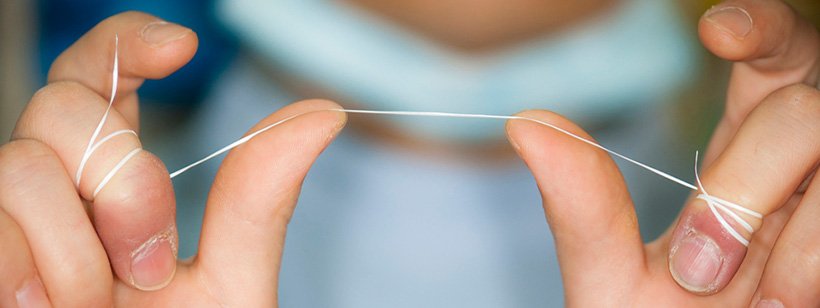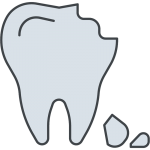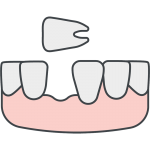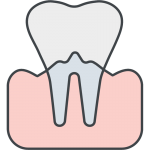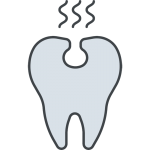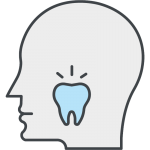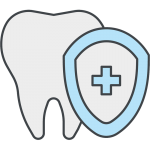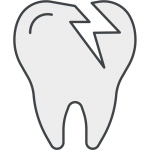So isn’t toothbrushing enough? Toothbrushing is very effective on the front, back and biting surfaces of the teeth, but generally misses the ‘in between the teeth‘ areas. You might say that you only floss when you feel there is something stuck between your teeth. But you’ll be surprised to find how much foodstuff you actually remove when you do floss!
Some people don’t like it because it’s too fiddly and its hard to get to back teeth. So, here are a few tips to make your flossing more effective:
- Longer is better than shorter. It’s really difficult to control the floss when it is not long enough. Don’t be too stingy with your floss. It’s cheap and your dentist probably gives them out for free anyway. As a guide, the length should be from the tip of your fingers to your elbow, about 30 cm.
- Wrap the floss around your middle finger, instead of your index finger. That way, you can use your index fingers and thumbs to manipulate the floss better at difficult angles, and get further behind to the back teeth.
- To gain more control of your floss, make sure the tips of your fingers controlling the floss are closer together, leaving a distance of about the width of the tooth
- Once it is in between the teeth, slide up and down to dislodge the plaque. Remember also, that there are 2 surfaces/sides to clean in each gap between the teeth.
Still too difficult? Click the pictures below for some tips.
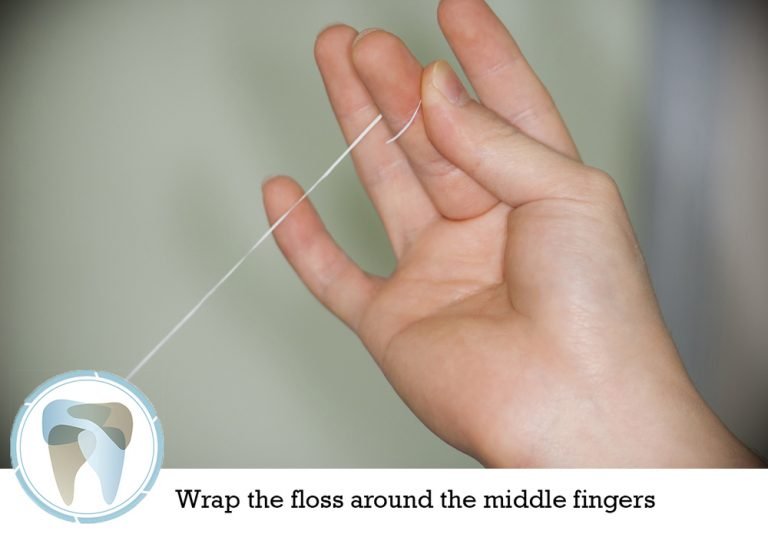
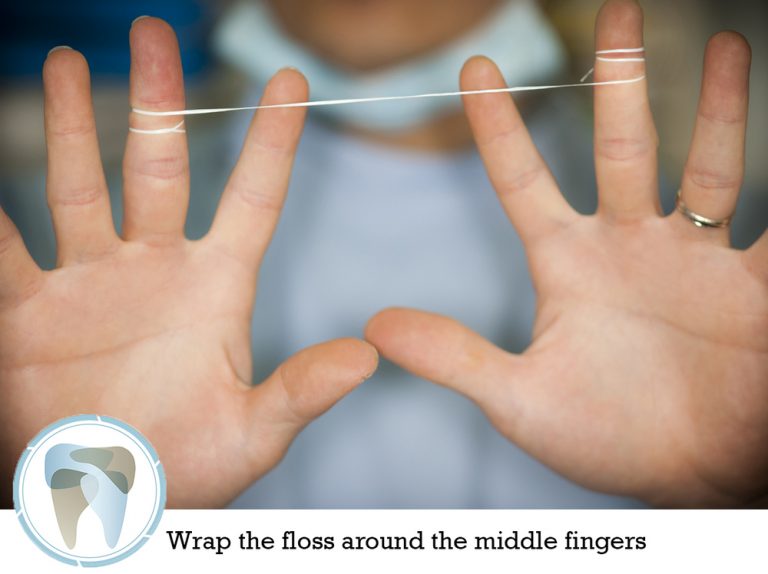
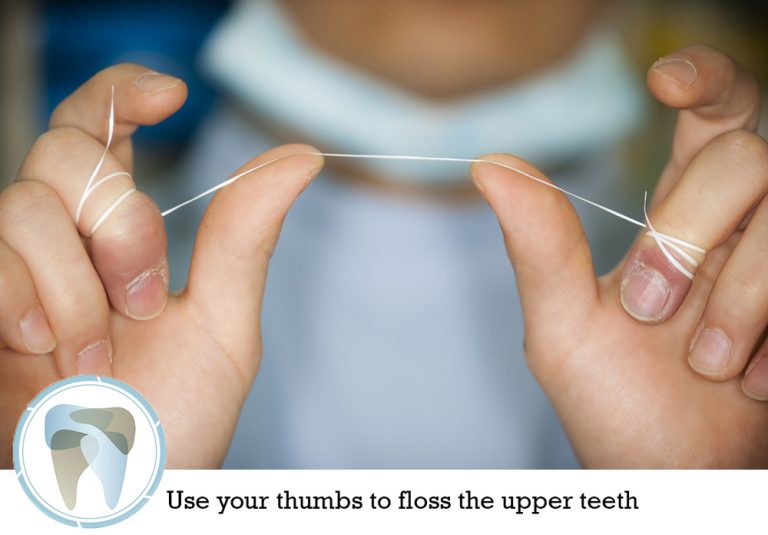
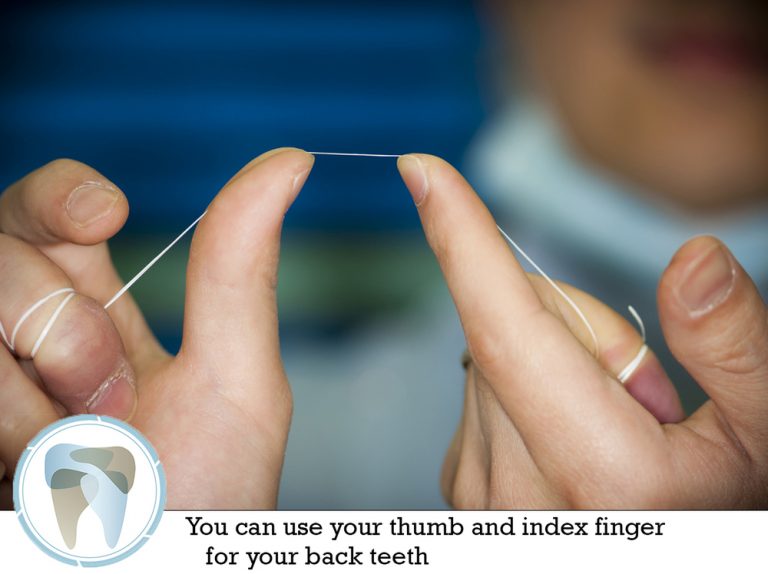
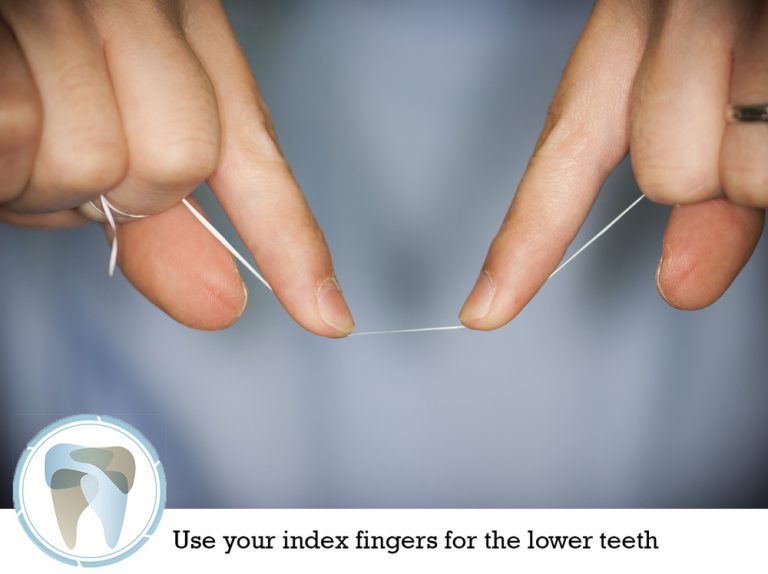
Practice makes perfect. Flossing should be part of your daily cleaning routine, including brushing your teeth and using a mouthrinse. At Aperture Dental Practice, the flossing of all your teeth is included as a standard part of your check up and cleaning regime.
They say you should only clean the teeth you want to keep. So make sure you floss between all of them!


